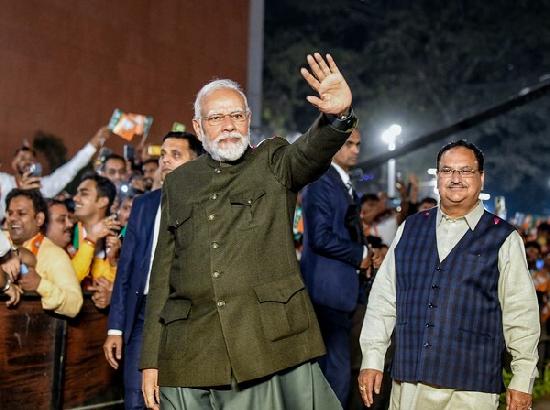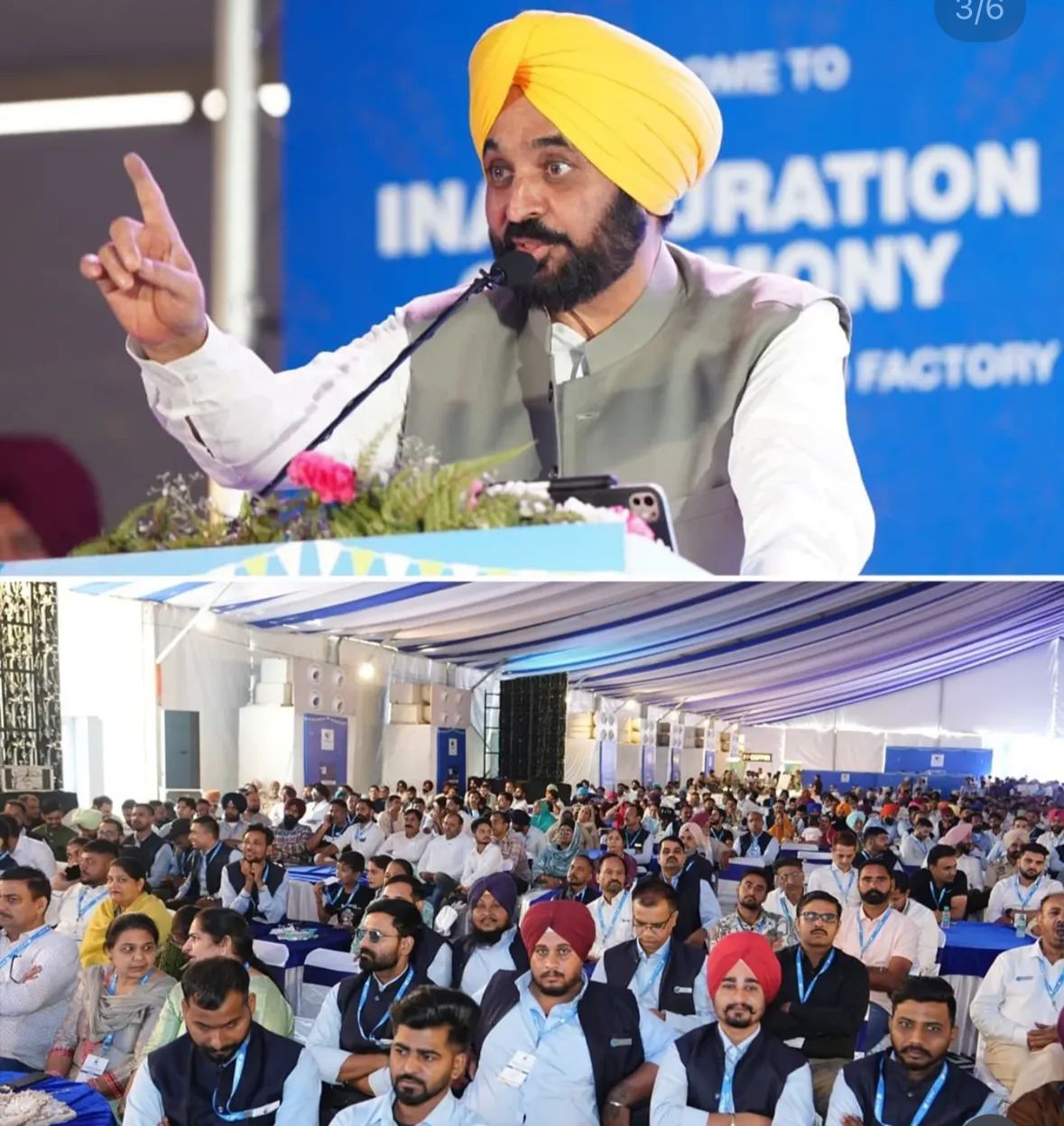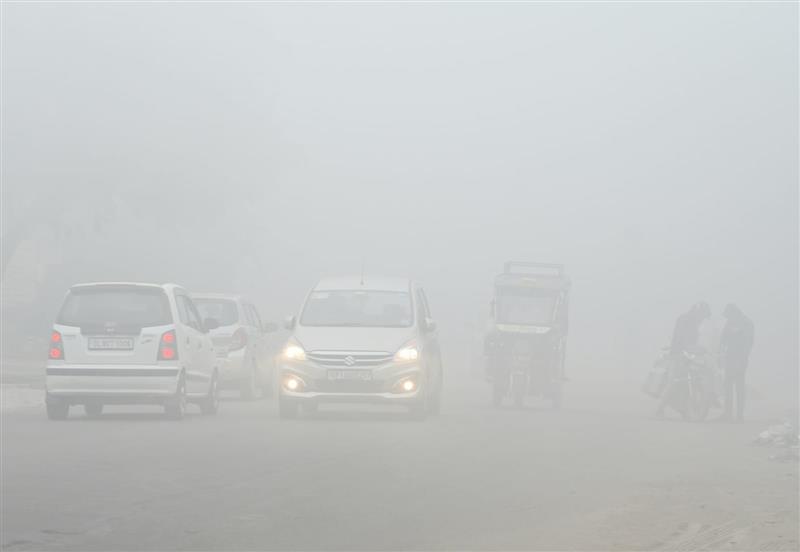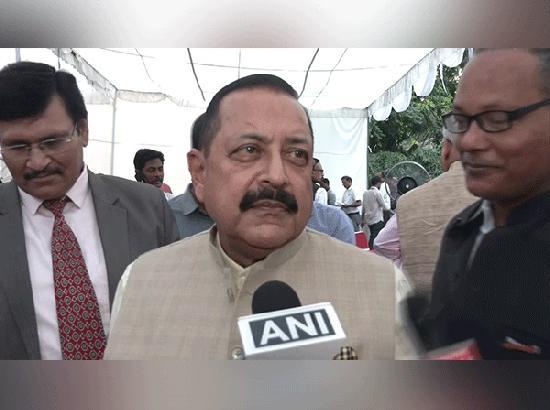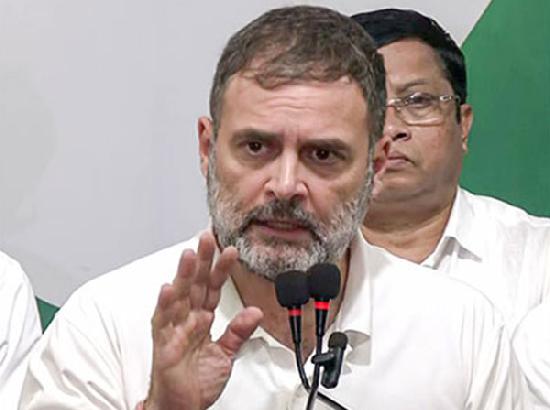Download of child pornography is an offence under POCSO and IT Act: Supreme Court

The bench, comprising Chief Justice DY Chandrachud and Justice JB Pardiwala, articulated the severity of child sexual exploitation as one of the “most heinous crimes imaginable.” This ruling stems from a petition challenging a previous decision by the Madras High Court, which had erroneously concluded that the act of merely downloading or viewing such material did not constitute an offense. By overturning this ruling, the Supreme Court has sent a clear and powerful message: that all actions related to child sexual exploitative and abusive material (CSEAM) are unacceptable and punishable under the law.
Justice Pardiwala’s judgment emphasized that the POCSO Act does not require actual transmission or dissemination of child pornography for legal culpability; possession, even in a constructive sense, is sufficient to attract legal consequences. This interpretation broadens the scope of accountability for individuals who may engage in the viewing or control of such material, acknowledging that the victimization of children extends far beyond the initial act of abuse. The court’s decision to prohibit the term “child pornography,” suggesting instead “child sexual exploitative and abusive material,” reflects a critical shift towards recognizing the gravity of the crime and its implications for victims. The new terminology aims to dismantle the potential trivialization of such offenses, ensuring that the language used in legal contexts conveys the full horror of child exploitation.
Furthermore, the court’s directive to social media intermediaries reinforces their responsibility in combatting child sexual exploitation. By mandating these platforms to report any offenses under the POCSO Act to the appropriate authorities, the ruling establishes a framework for accountability that extends into the digital realm. The court’s assertion that intermediaries cannot claim exemption from liability under the Information Technology Act unless they demonstrate due diligence aligns with global best practices in safeguarding against online exploitation.
This landmark judgment not only reaffirms the commitment to protecting children from sexual exploitation but also signals a necessary evolution in legal discourse and enforcement practices. The Supreme Court has urged Parliament to consider amending the POCSO Act to adopt the new terminology formally, which underscores the urgency of legislative action in keeping pace with societal and judicial understanding of these heinous crimes.
As India grapples with the complex interplay of technology and child protection, this ruling serves as a critical reminder of the collective responsibility shared by lawmakers, judicial bodies, and digital platforms. The moral imperative to protect children from sexual exploitation must resonate across all levels of society, and the judiciary’s role in reinforcing this mandate is vital. This ruling sets a precedent that can inspire further legal reforms and social initiatives aimed at eradicating child exploitation in all its forms, fostering a safer environment for the most vulnerable members of society.
In conclusion, the Supreme Court’s decision marks a watershed moment in India’s fight against child sexual exploitation. It reflects a robust judicial stance that prioritizes the safety and dignity of children, setting a framework that is both legally sound and socially imperative. Moving forward, the challenge lies not only in enforcing these laws but also in cultivating a societal ethos that unequivocally denounces any form of child exploitation, ensuring that the voices of the most vulnerable are heard, protected, and empowered.


